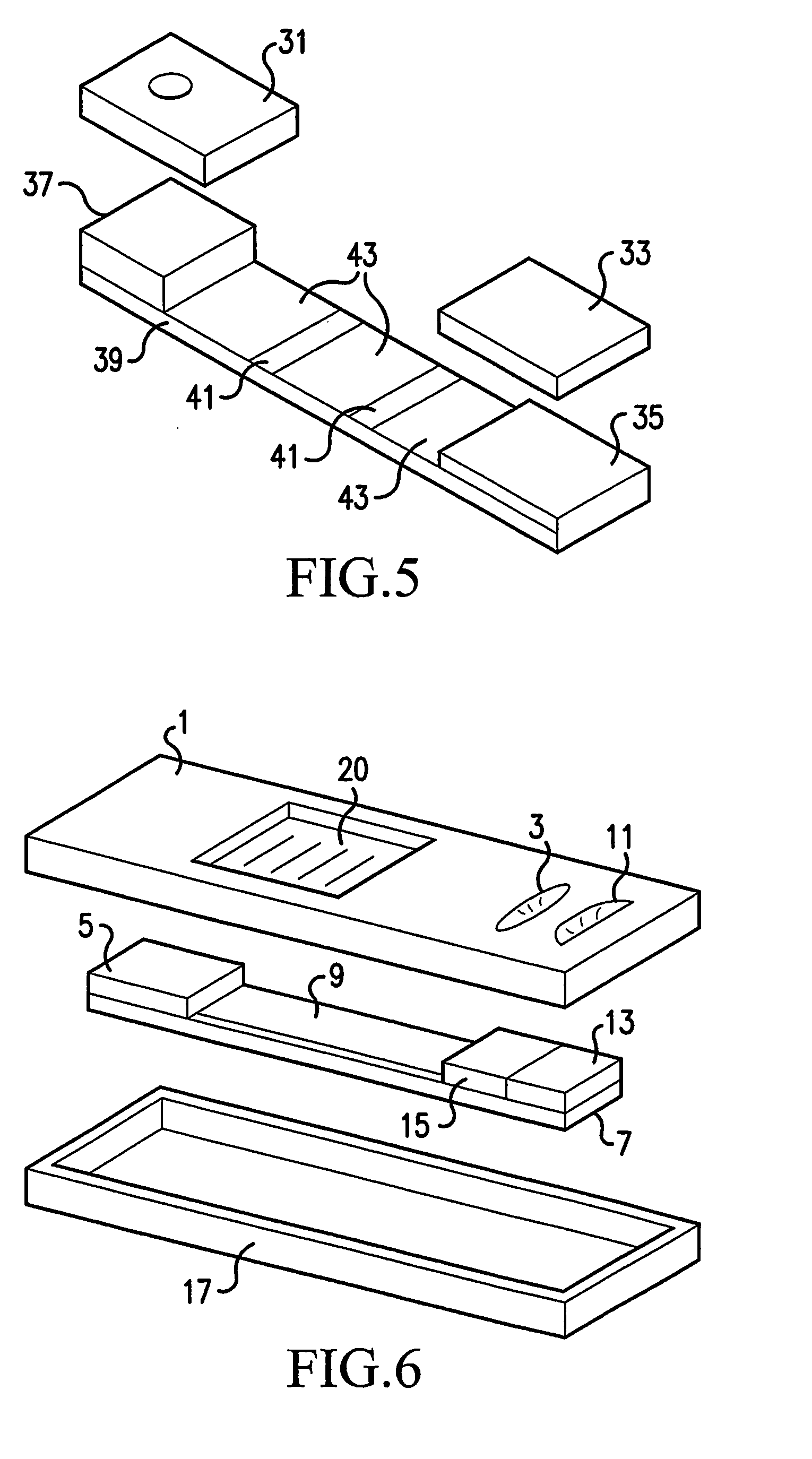Single-Drug Multi-Ligand Conjugates for Targeted Drug Delivery
- Summary
- Abstract
- Description
- Claims
- Application Information
AI Technical Summary
Benefits of technology
Problems solved by technology
Method used
Image
Examples
example 1
[0068]
13% solids, DMSO solventvinyl acetic acid 4.89% by wt.acrylamide 4.03%allyl benzene 6.71%1,4-butanedioldiacrylate84.37%
[0069]The above reactants are mixed with 1% by weight of the monomers with the initiator 2,2′-azobis(2,4-dimethylpentanenitrile), and polymerized for 4 hours at 60° C. under nitrogen atmosphere.
[0070]Example 2 contains the same polymer components as the formulation of Example 1, but also includes a D-glucose component.
example 2
[0071]
13% solids, DMSO solventvinyl acetic acid 5.34% by wt.acrylamide 4.41%allyl benzene 7.33%D-glucose11.18%1,4-butanedioldiacrylate71.74%
[0072]The above reactants are mixed with 1% by weight of the monomers with the initiator 2,2′-azobis(2,4-dimethylpentanenitrile), and polymerized for 4 hours at 60° C. under nitrogen atmosphere.
[0073]Upon completion of the polymerization the polymer of Examples 1 and 2 was dried to remove the solvent and then ground into a fine powder.
[0074]The polymer powder of Example 2 was washed with water to remove any glucose. After the water wash, the polymers were re-dried. To determine the ability of the imprinted sites to extract and concentrate D-glucose the polymer was exposed to an aqueous solution containing 10% glucose. Thermal gravimetric analysis using a Universal V2.6D from TA instruments was used to measure the shift in polymer thermal stability caused by adsorption of glucose by the polymer. By measuring the shift in the decomposition tempera...
example 3
[0076]
13% solids, DMSO solventvinyl acetic acid 4.89% by wt.acrylamide 4.03%allyl benzene 6.71%N,N-methylene-bis-acrylamide84.37%
[0077]The above reactants are mixed with 1% by weight of the monomers with the initiator 2,2′-azobis(2,4-dimethylpentanenitrile), and polymerized for 4 hours at 60° C. under nitrogen atmosphere.
[0078]Example 4 contains the same polymer components as the formulation of Example 3, but also includes a D-glucose component.
PUM
| Property | Measurement | Unit |
|---|---|---|
| Electrical conductance | aaaaa | aaaaa |
| Dynamic viscosity | aaaaa | aaaaa |
| Fraction | aaaaa | aaaaa |
Abstract
Description
Claims
Application Information
 Login to View More
Login to View More - R&D
- Intellectual Property
- Life Sciences
- Materials
- Tech Scout
- Unparalleled Data Quality
- Higher Quality Content
- 60% Fewer Hallucinations
Browse by: Latest US Patents, China's latest patents, Technical Efficacy Thesaurus, Application Domain, Technology Topic, Popular Technical Reports.
© 2025 PatSnap. All rights reserved.Legal|Privacy policy|Modern Slavery Act Transparency Statement|Sitemap|About US| Contact US: help@patsnap.com



